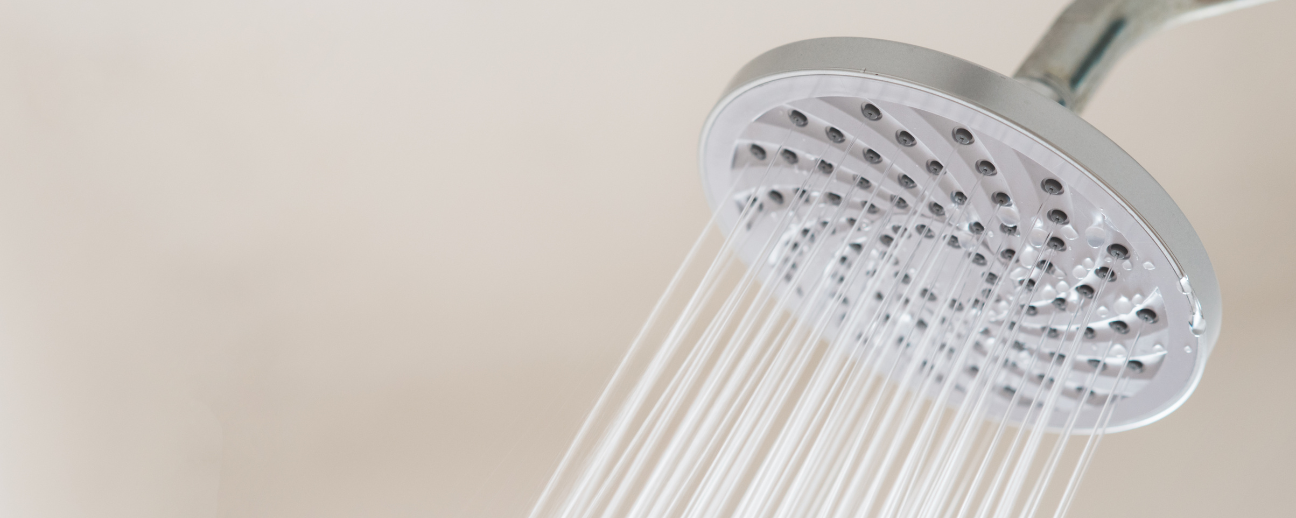Apr 1, 2025 • 4 min read
How to Save Energy at Home: 5 Easy Home Upgrades You Can Make Today

Want to lower your utility bills and reduce your environmental impact? The best way to save energy at home is to start with simple, low-cost upgrades that require minimal effort and lead to immediate savings. These small changes can conserve energy, reduce water use, and cut costs — without requiring major renovations or large upfront investments.
Table of Contents
5 Simple Swaps to Lower Your Utility Bills and Conserve Resources
The average U.S. household spends over $3,000 annually on energy and water bills, but much of this expense comes from inefficient appliances and technology. By making strategic home technology upgrades, homeowners and renters alike can reduce utility costs by up to 40%, all while reducing their energy and water usage.
From installing smart power strips that eliminate hidden energy drains to upgrading to water-saving fixtures, these five easy changes can add up to significant financial savings — without sacrificing comfort or convenience.
Watch Scope Zero Co-Founder and CEO, Lizzy Kolar, share how to start optimizing your home today:
Upgrade #1: LED light bulbs
If you’re still using incandescent, compact fluorescent lamp (CFL), or halogen bulbs, switching to LED lighting is one of the easiest and most cost-effective upgrades you can make. LEDs use up to 90% less energy and last longer than incandescent and fluorescent bulbs, making them a smart investment that pays off quickly.
CFLs and fluorescent tubes contain mercury, so be sure to recycle them at your local hardware store when you upgrade to LEDs.
Upgrade #2: Smart power strips
Many devices continue to consume power even when they’re turned off, a hidden drain on energy known as standby or vampire loads. Smart power strips eliminate this wasted energy by automatically detecting when devices are in standby mode and cutting power to them, leading to electricity bill reductions of as much as $300 annually. Alternatively, if you don’t have a smart power strip you can manually switch off your traditional power strips when devices aren’t in use.
Upgrade #3: Low-flow showerheads
Many homes have showerheads that use more than 2 gallons of water per minute. You can drastically cut your water bills and your water heating costs by upgrading to a showerhead that uses just 1.5 gallons of water per minute. To determine how many gallons per minute your current showerhead uses, check the rim of the nozzle where this information is typically indicated, or use a timer to measure how long it takes to fill a 1-gallon container.
Upgrade #4: Low-flow sink faucets or aerators
Replace your kitchen faucet if it exceeds 1.5 gallons per minute and your bathroom faucet if it exceeds 0.5 gallons per minute to reduce water waste. To find out how many gallons per minute your sink faucets use, check the rim of the spout or time how long it takes to fill a 1-gallon container (similar to how you would calculate this for a showerhead). Alternatively, instead of fully replacing the faucet, you can install a faucet aerator to reduce the water flow rate from your sinks for under $10.
Upgrade #5: Dual-flush toilets or toilet tank bags
Old toilets use anywhere from 3 to 7 gallons of water per flush. You can check how many gallons per flush your toilet uses inside the tank or near the seat hinge. If your toilet uses more than 1.28 gallons per flush, switch to a dual-flush model with options for 1.28 gallons for a full flush and 0.8 gallons for a light flush. If replacing your toilet isn’t an option, install a toilet tank displacement bag in your toilet tank to reduce the amount of water used per flush. Just make sure the placement of the bag doesn’t interfere with the flushing mechanisms.
Ways to Further Your Impact
After you’ve made these upgrades, reinvest your savings into additional energy-saving products like:
- Adding insulation to reduce heating and cooling costs
- Upgrading to ENERGY STAR-certified products for maximum efficiency
- Installing a smart thermostat to optimize home heating and cooling
Want help taking your efforts even further? The Carbon Savings Account® (CSA) is a financial wellness benefit designed to help employees afford and access impactful home technology and personal transportation upgrades. With expert guidance and a personalized buying experience, the CSA helps you make confident, informed decisions for maximized financial and environmental impact. Learn more about the CSA.
Home Energy FAQs
How can I conserve energy at home?
Reducing energy use at home starts with simple, cost-effective upgrades that make a big impact. Swapping incandescent bulbs for LEDs, using smart power strips to eliminate standby loads, and installing aerators can help reduce the energy and water consumption of your home.
How can I make an old home more energy-efficient?
For older homes, sealing air leaks, adding insulation, and upgrading outdated appliances to ENERGY STAR-certified models can improve efficiency. You can also install low-flow water fixtures and upgrading to a dual flush toilet can reduce your water usage in half.
Drive Positive Outcomes for your Wallet, Your Home, and the Planet
Scope Zero’s Carbon Savings Account® (CSA) helps individuals lower their cost of living by making home and personal transportation upgrades affordable and accessible. The CSA is a financial wellness benefit that reduces cost of living, drives environmental impact, and advances their employer’s ESG goals. Learn more about the CSA
Join our community
Sign up for our newsletter to stay up-to-date on all things Scope Zero.







 Platform
Platform




